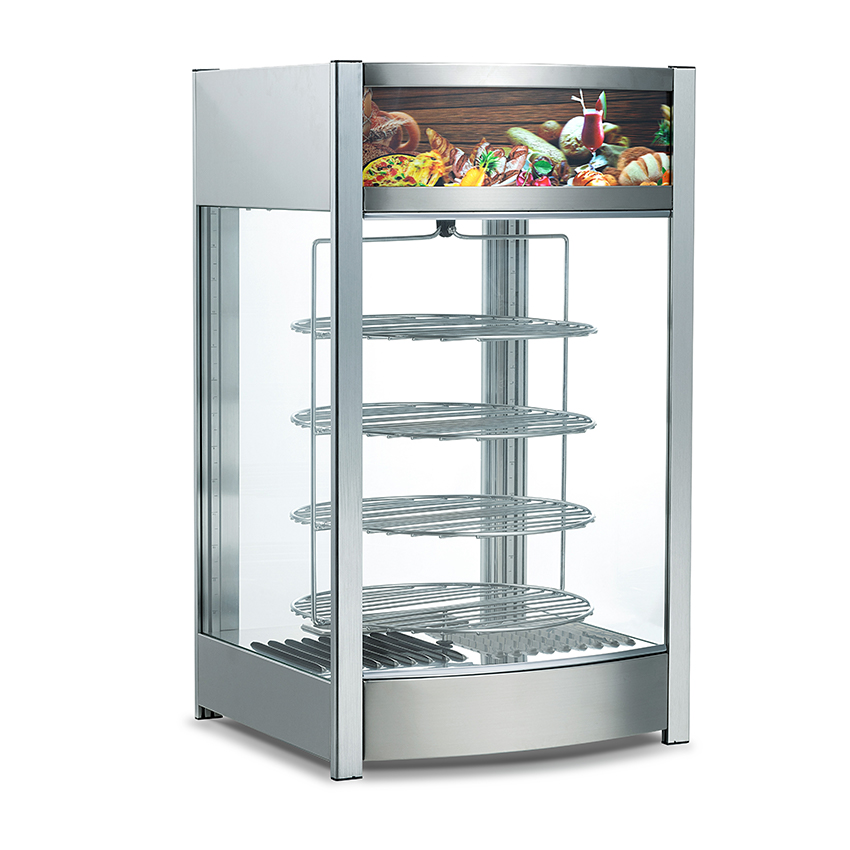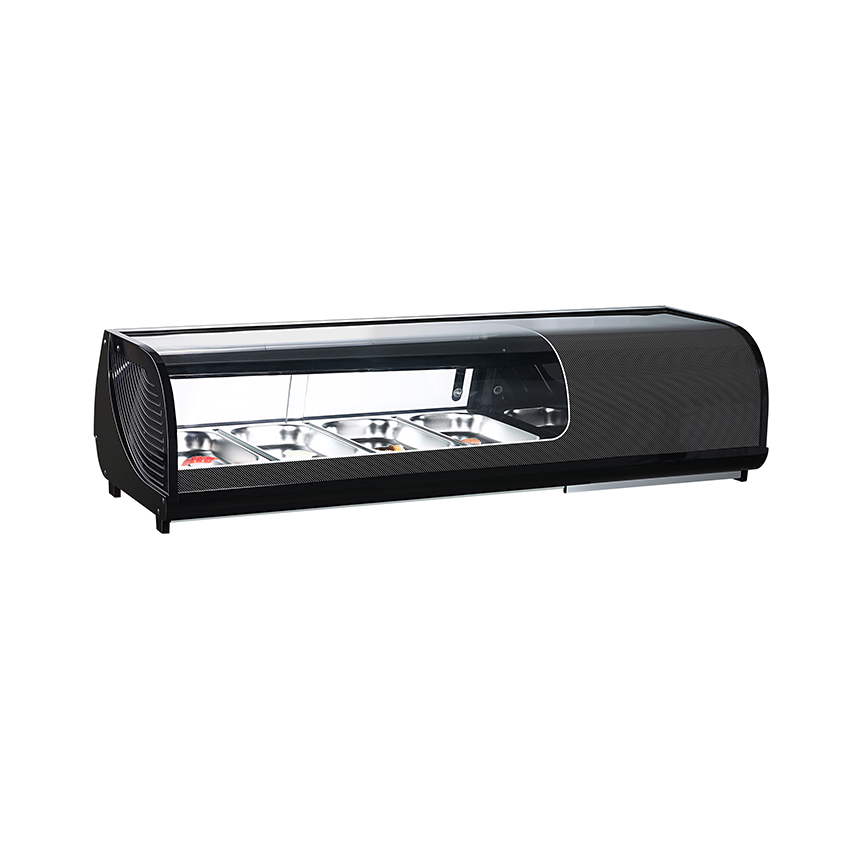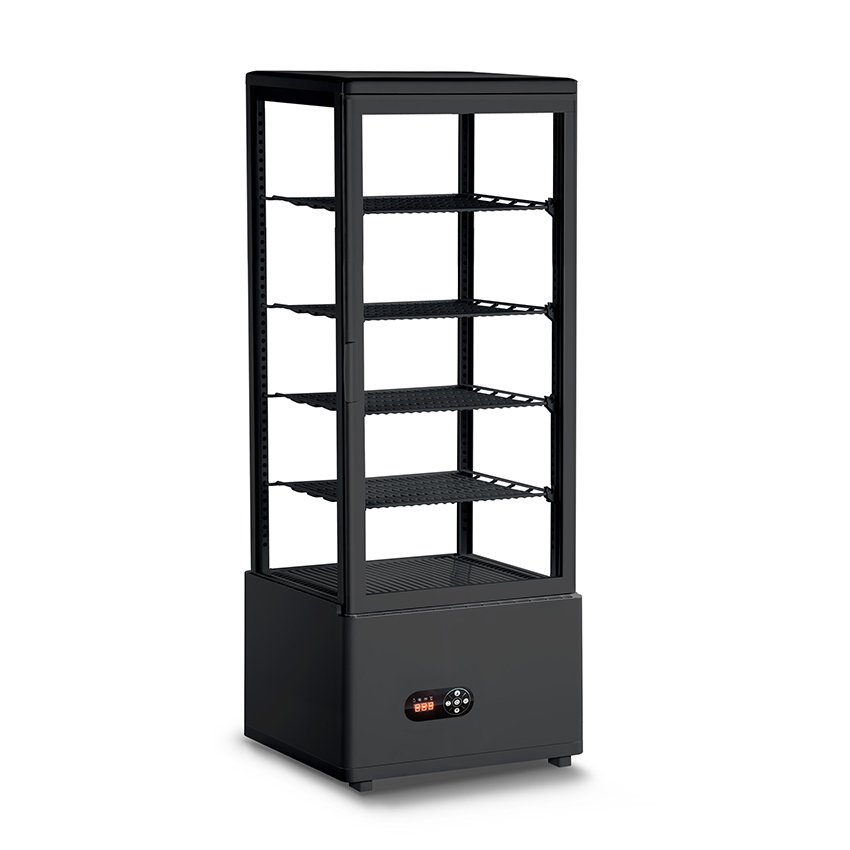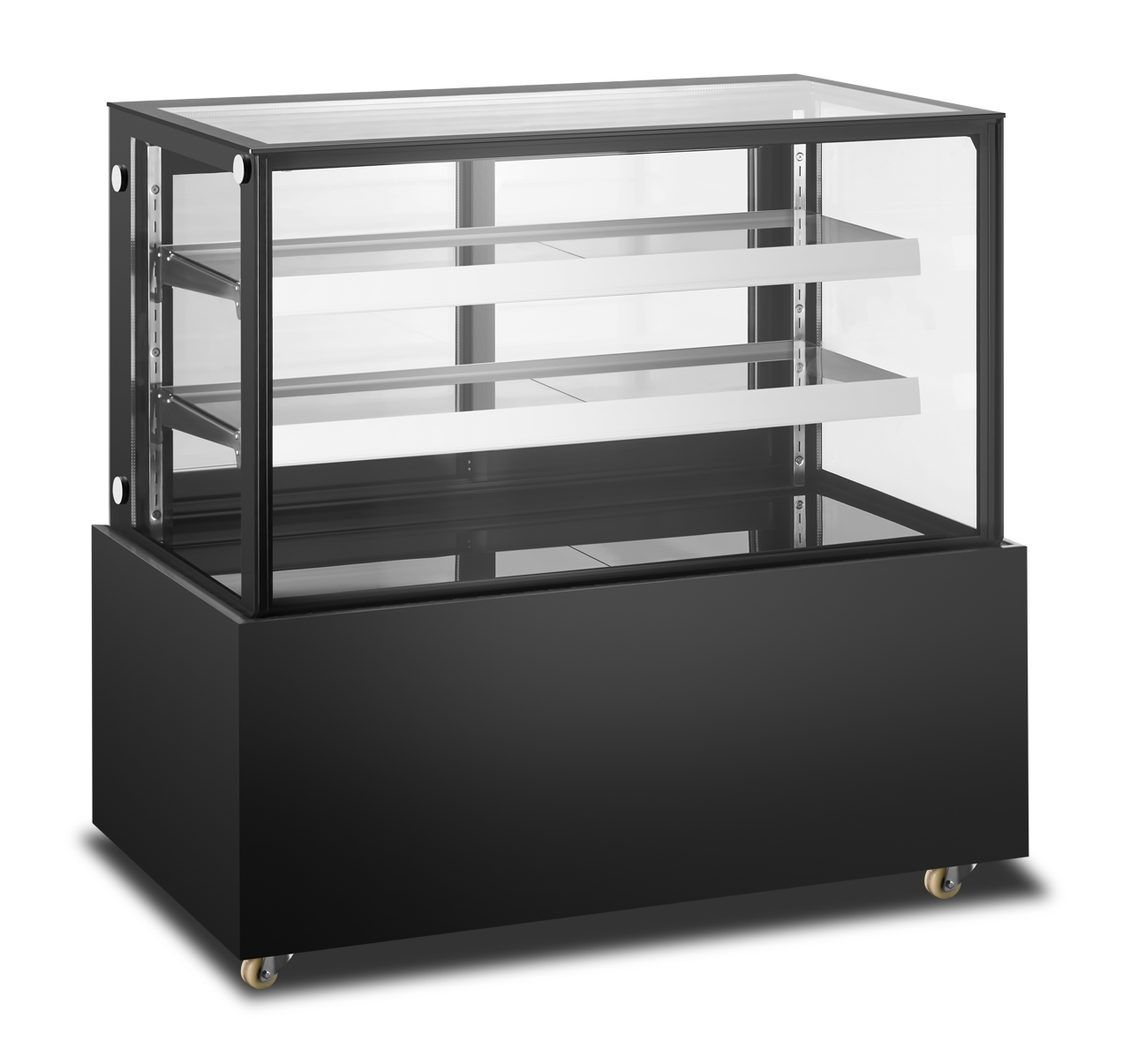Cleaning sushi display cases is a crucial task in restaurant management. It's more than just making the counter look clean. It involves multiple core aspects, including food safety, product quality, cost control, and brand image.
Content
1. Ensuring Food Safety
The main ingredients of sushi are raw or semi-raw fish, rice, and vegetables, all of which are highly susceptible to bacterial growth.
Preventing Bacterial Growth: Temperature fluctuations and dripping juices (such as fish blood and soy sauce) inside the sushi display case can create a breeding ground for bacteria (such as E. coli and Staphylococcus aureus) and viruses (such as norovirus). Regular cleaning and disinfection effectively kill these pathogens.
Avoiding Cross-Contamination: Placing different types of fish, raw food, and cooked food in the same display case can lead to bacterial transmission if spilled juices are not cleaned up promptly, potentially causing food poisoning for diners.
Controlling Parasite Risks: While the risk of parasites in farmed seafood that meets standards has been greatly reduced, maintaining a clean environment is fundamental to preventing the spread of any potential parasites.
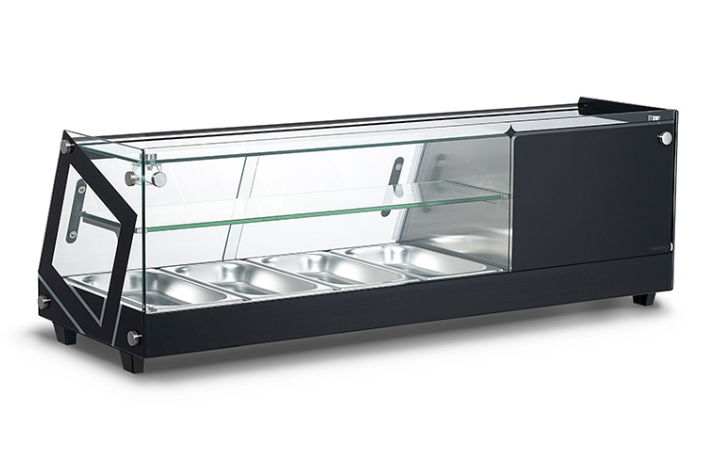
2. Maintaining Optimal Sushi Quality and Freshness
The core function of a sushi display case is both "display" and "preservation." Cleanliness directly impacts preservation effectiveness.
Preventing Odor Transfer: Seafood naturally has a fishy smell, and different types of fish have different odors. If the display case is unclean, residual fishy smells and stains will contaminate other fresh ingredients, causing all the sushi to have a stale "refrigerator smell," severely affecting the flavor.
Maintaining Correct Temperature and Humidity: If components such as fans, condensers, and drains are clogged with dust and grease, it will lead to reduced cooling efficiency and uneven temperature inside the case. This will cause the sushi rice to dry out, the fish to lose its luster and elasticity, and accelerate spoilage.
Avoiding Secondary Contamination: A clean display case ensures that the cool air blown out is also clean, preventing bacteria and dust from being blown onto the food.
3. Enhancing Brand Image and Customer Experience
One of the core competitive advantages of a sushi restaurant is "freshness, cleanliness, and hygiene." The display case is where customers' eyes are most focused.
A clear commitment to hygiene: A bright, clean, and well-organized display case is the most direct and powerful signal to customers that "we value hygiene." It builds customer trust and gives them peace of mind when eating.
Stimulating purchasing desire: A clean environment highlights the color and texture of the ingredients, making sushi look fresher and more appealing, directly stimulating customers' desire to buy.
Demonstrating professionalism: A restaurant that can't even thoroughly clean its display case will find it difficult to convince customers that it strictly adheres to hygiene standards in its kitchen operations and food handling.
4. Extending equipment lifespan
Display cases are important assets for a restaurant; regular maintenance and cleaning can prevent losses due to equipment malfunctions.
Ensuring operational efficiency: Dust and grease on the condenser and evaporator act like a "blanket," leading to poor heat dissipation. The compressor needs to run for longer periods and at higher power, increasing energy consumption and making it prone to overheating and damage.
Preventing component damage: Clogged drain pipes can cause water accumulation inside the cabinet, potentially damaging the electrical circuits, inner liner, and fan, resulting in very high repair costs.
Reduce Failure Rate: Regular cleaning and maintenance can promptly detect minor issues (such as aging seals or unusual noises), preventing them from developing into major malfunctions and ensuring stable equipment operation, avoiding food spoilage due to sudden shutdowns.
5. Recommended Cleaning Components and Frequency
Daily Cleaning:
Glass Interior and Exterior Walls: Wipe with glass cleaner to maintain transparency.
Internal Shelves/Trawls: After removing all food items, wipe with food-grade disinfectant to remove all food residue and liquids.
External Surfaces: Wipe countertops and door handles.
Weekly/Regular Deep Cleaning:
Drain Holes and Drain Pipes: These are the most easily overlooked and prone to accumulating dirt; use a special tool to unclog them to prevent blockages.
Fan and Condenser Fins: Remove dust with a soft brush or vacuum cleaner to ensure airflow and heat dissipation.
Seals: Carefully wipe crevices to prevent mold growth.
Comprehensive Disinfection: Thoroughly clean and disinfect the entire interior space.


 English
English русский
русский Español
Español Français
Français عربى
عربى italiano
italiano


